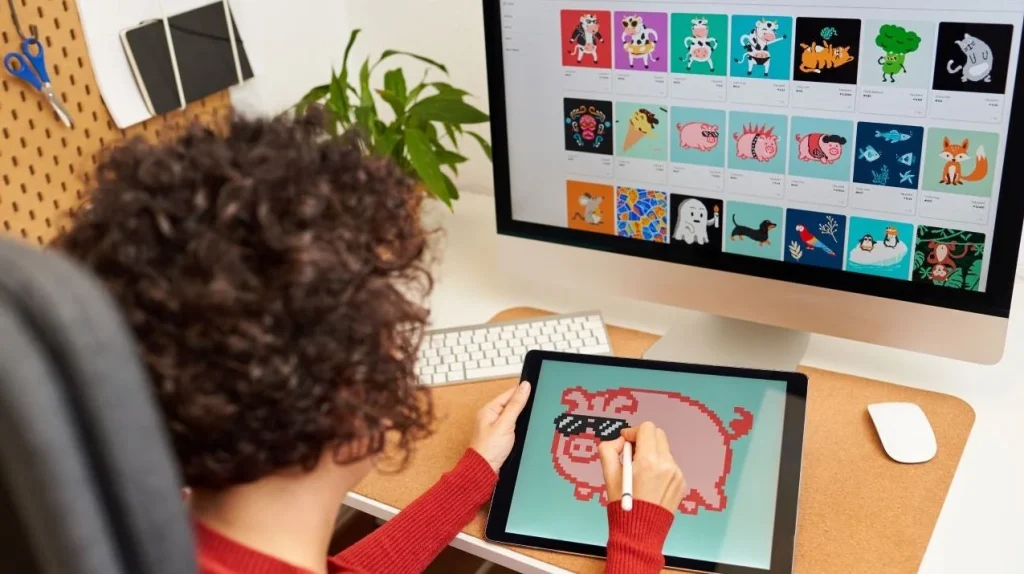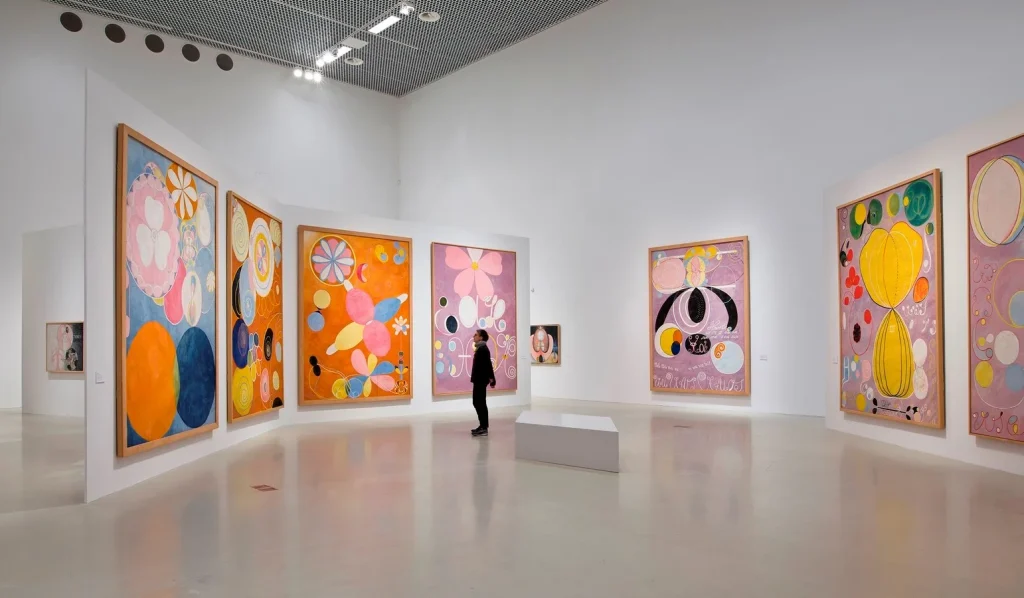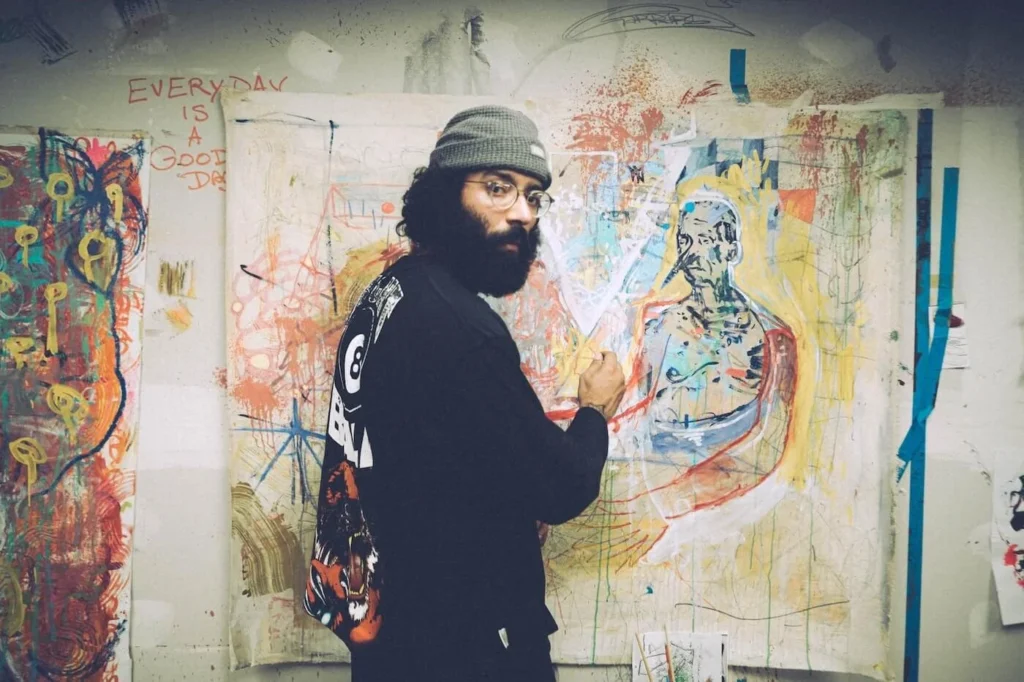Being an artist is not just about passion and creativity; it’s also about finding ways to make money from your talent. Whether one is a illustrator, painter, sculptor, or a digital artist, the opportunity to derive a livelihood from one’s art has never been more achievable. Thanks to the digital age, artists have numerous platforms and strategies at their disposal to turn their art into a profitable venture. In this article, we’ll explore various avenues for making money as an artist.
1. Understanding Your Market
Before implementing specific strategies, it’s crucial to grasp the market for your artwork. Who are your prospective buyers? What type of art do they prefer? Learning about your audience is significant to customize your marketing strategy, which in turn can help you maximize sales.
Determine Your Niche
Each artist has their own innate style and niche. Identifying and refining this niche can assist you in setting yourself apart in a competitive market. Whether it’s abstract painting, digital illustrations, or realistic portraits, focusing on your niche will attract a dedicated audience. It’s important to stay true to your artistic vision while also considering the preferences and trends within your chosen niche.
Look Out for Market Trends
Monitoring market trends can offer valuable insights into current buyer interests. Trends can influence the type of art that sells, the platforms where it’s sold, and the effective marketing strategies. Regularly review industry reports, follow influential art blogs, and stay connected with other artists to stay informed about the latest trends.
2. Building an Online Presence

With the growing dominance of digitization, having an online presence has become crucial for every artist. This involves maintaining a website, being active on social media platforms, and joining online art communities.
Make a Professional Website
The website functions as your digital portfolio and storefront. It is intended to exhibit your finest work, furnish details about you and your art, and deliver a seamless shopping experience for prospective buyers. Ensure that your website is visually appealing, user-friendly, and optimized for mobile devices. Enhancing visitor engagement and fostering a dedicated audience can be achieved by incorporating components such as an artist statement, a blog section, and an email newsletter sign-up form.
Leverage Social Media
Social media can turn out to be one of the most useful tools for artists. Social media platforms such as TikTok, Pinterest, Facebook, and Instagram offer a global stage for displaying your creations to a vast audience. Here’s how to make the most of social media:
- Instagram: As a visually driven platform, Instagram is perfect for artists. Incorporate high-quality images, interact with your followers, and make use of hashtags to expand your reach. Consider posting regularly and using Instagram Stories or Reels to showcase behind-the-scenes content and updates.
- Facebook: Create a business page to share your art, host live events, and engage with a community of art lovers. Facebook groups and advertising can also help you reach a targeted audience.
- TikTok: This platform is ideal for small and engrossing videos. Show behind-the-scenes content, time-lapse videos of your work, and interact with trending challenges. TikTok’s algorithm can help your content go viral, reaching thousands of potential buyers and the more TikTok views you get directly translates to more prospects interested in sponsoring your art.
- Pinterest: Use Pinterest to curate boards that display your artwork. This platform is adept at boosting traffic to your website. Optimize your pins with relevant keywords and join group boards to broaden your audience.
3. Selling Your Art Online
The internet provides a number of platforms where you can sell your art directly to buyers. Let’s glance through some of the top contenders to help you sell your art online:
Online Marketplaces
Platforms like Amazon Handmade, Etsy, and eBay are amazing choices for selling original art, prints, and handmade crafts. They offer a vast audience and an easy-to-use interface for setting up your store. Ensure you optimize your listings with best-quality images, thorough descriptions, and relevant tags to draw in buyers.
Your E-commerce Store
Think about establishing your own online store using platforms such as WooCommerce or Shopify. This gives you complete control over your branding, pricing, and customer experience. Invest in professional product photography and user-friendly design to enhance the shopping experience.
4. Art Commissions and Freelance Work

Offering commissions and taking on freelance projects are effective ways to make money as an artist. Here’s how to get started:
Art Commissions
Commissions involve creating custom pieces based on client specifications. To attract commissions, clearly advertise your services on your website and social media. Provide examples of past commissions and detail your process, pricing, and timelines. Be transparent about your availability and convey everything to your clients clearly to ensure clarity and satisfaction.
Freelance Platforms
Websites like Fiverr, Freelancer, and Upwork connect artists with clients looking for freelance work. Develop an engaging profile, display your portfolio, and start pitching on suitable projects. Tailor your proposals to emphasize your unique skills and experience in order to differentiate yourself from competitors.
5. Teaching and Workshops
Teaching others what you know and can do can be a fulfilling and profitable endeavor. Here are some ways to get started:
Online Courses
Platforms like Udemy, Skillshare, and Teachable allow you to create and sell online courses. Creating a course on a topic you’re passionate about makes it easy to market to the audience. Use high-quality video production and clear instructions to ensure your course is engaging and educational.
Workshops and Classes
Host workshops and classes, either online or in person. Advertise these events on your website, social media platforms, and local community centers. Providing classes for various skill levels, from beginner to advanced, can appeal to a wide range of students.
6. Participating in Art Shows and Exhibitions

Art shows and exhibitions offer an opportunity to display your work and connect with buyers and collectors. Here’s how to make the most of these opportunities:
Local Art Shows
Participate in local art shows and fairs. These events open a range of possibilities to connect with potential buyers in person and sell your work directly. Prepare professional displays and marketing materials to make a strong impression.
Galleries and Exhibitions
Submit your work to galleries and exhibitions. This can enhance your reputation and provide opportunities for sales and networking. To improve your chances of organizing future exhibitions, build relationships with gallery owners and curators.
7. Crowdfunding Your Art Projects
Crowdfunding platforms like Kickstarter, Indiegogo, and Patreon allow you to raise funds for specific art projects or ongoing support. Here’s how to use crowdfunding effectively:
Kickstarter and Indiegogo
Create a compelling campaign for a specific project. Offer rewards like original art, prints, or exclusive content to backers. Utilize stunning visuals and storytelling to showcase your project’s value and draw in supporters.
Patreon
Patreon allows fans to support you through monthly subscriptions. Offer tiers of membership with varying rewards, such as exclusive content, early access to new work, and behind-the-scenes updates. Consistently interact with your patrons and fulfill promised rewards to retain their support.
Conclusion
Generating income as an artist requires a combination of creativity, business acumen, and persistence. By understanding your market, leveraging online platforms, exploring various revenue streams, and continuously improving your skills, you can turn your passion for art into a profitable career. Keep in mind that success doesn’t come overnight and requires a boatload of dedication and the correct strategies, you can achieve your financial goals and enjoy a fulfilling artistic journey.







